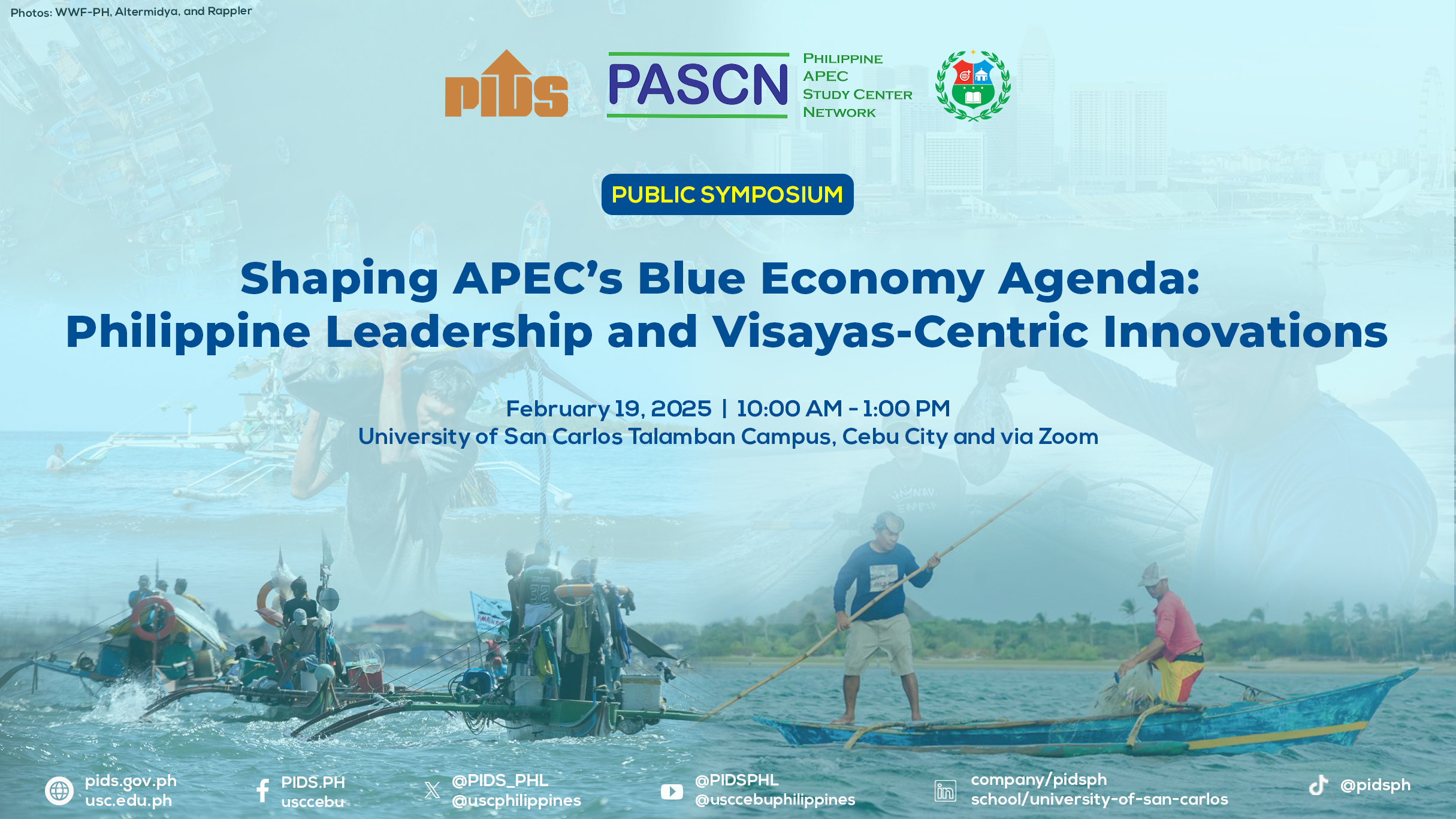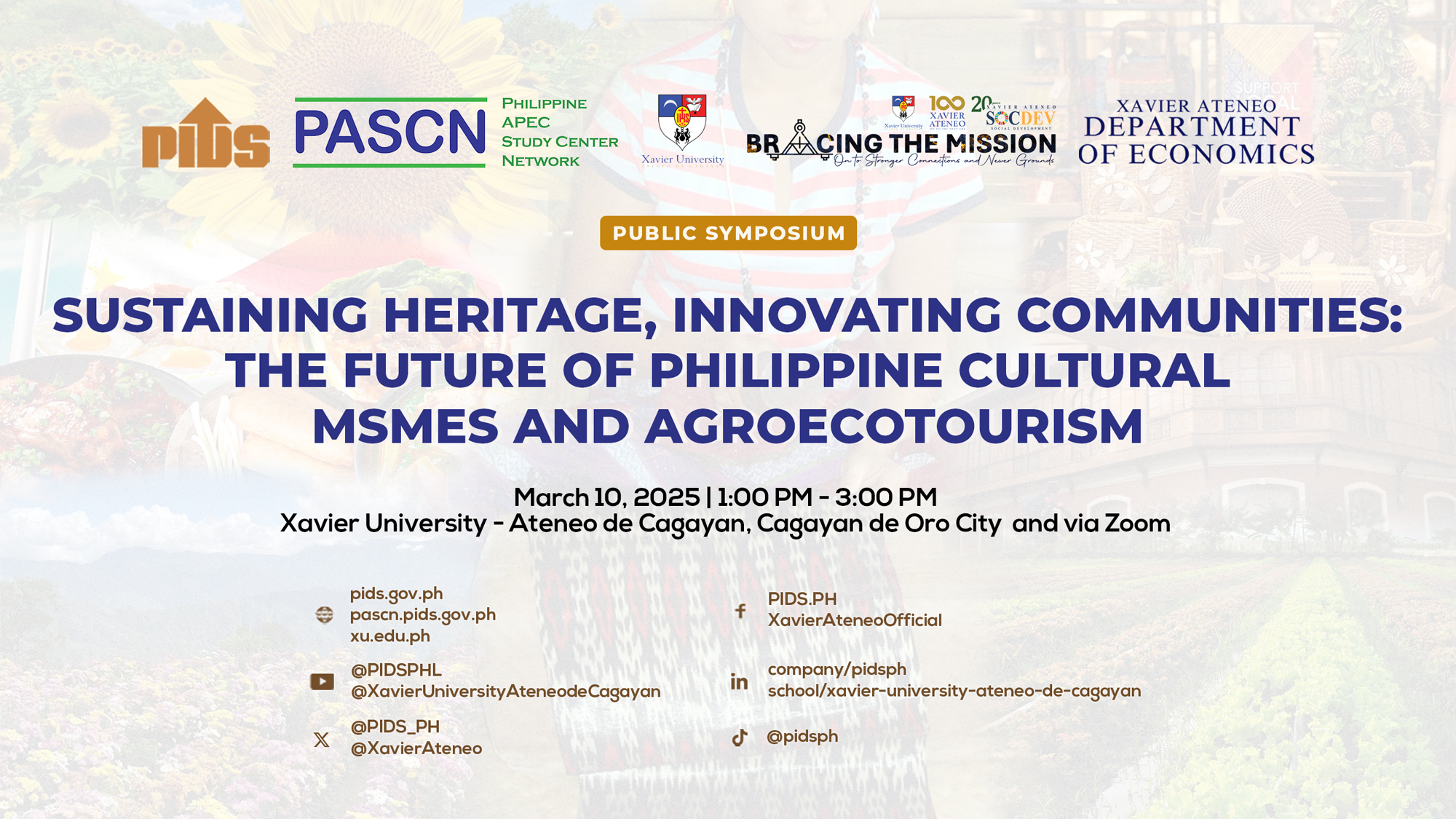During his last State of the Nation address on July 26, 2021, President Duterte appeared to have forgotten his assertion five years earlier that the WTO was principally responsible for the crisis of Philippine rice agriculture
This is the first of a two-part series on the creation of the Philippines’ agricultural debacle. It focuses on how the commitments the country entered into when it joined the World Trade Organization proved to be the nail in the coffin of a sector that employs an estimated 45-50% of the workforce.
There are various adjectives that people use to describe Philippine agriculture these days, but “healthy” is not one of them. Most often, the adjective is “neglected.” Sometimes, “stagnant.” But perhaps the most accurate is “dying.”
Duterte’s insight
At the start of his victory speech in Davao on June 4, 2016, then-President-elect Rodrigo Duterte unexpectedly launched into an attack on the World Trade Organization (WTO), saying that the “onslaught of the WTO on an unprepared country” had created a crisis for sugar, rice, and other agricultural products.
“We have become dependent on importation. You can no longer go to any country in ASEAN and say we won’t buy your products because we can produce it here. We have to buy them.”
One may disagree with the President on many things, as I do, but on this matter, the central cause of the crisis of Philippine agriculture, he was right on the mark.
The fight over becoming a member of the WTO during the presidency of Fidel V. Ramos was the most important struggle over economic policy in the first two decades of the 21st century. Those who opposed membership lost the battle, but they were correct that the consequences would be terrible for Philippine agriculture. The vibrant and efficient agriculture creating “500,000 new jobs a year” that had been promised by advocates of membership did not materialize. Instead, our agriculture went into a tailspin.
Destabilizing Philippine agriculture
In the years prior to our joining the WTO, our annual agricultural trade was most often in surplus. The last time our agricultural trade was in surplus was in 1993. Since we joined the WTO in 1995, our agricultural trade went into deficit, growing from $149 million in 1995 to $960 million in 2005 to a whopping $7,867 billion in 2019.
Twenty-six years after we joined the WTO, not only have we eliminated all quotas on agricultural products – including the last one, on rice, in 2019; according to the the US Department of Agriculture, Philippine tariffs, which replaced quotas, are now “among the lowest in the region and often close to the preferential rates” offered to members of ASEAN.
Not surprisingly, import penetration of almost all agricultural commodities is quite high, translating into huge profits for foreign producers and local importers and into a permanent crisis for local producers. The Philippines is, in fact, a classic example of how to turn a highly self-sufficient agricultural economy into a highly import-dependent one.
The reason often given for the reversal of agricultural trade from surplus to deficit is that Filipino farmers are inefficient, that their costs of production are too high, making them uncompetitive with foreign exporters. This is a case of a falsehood repeated often enough that it takes on the status of truth, to paraphrase Joseph Goebbels, Hitler’s propaganda chieftain.
The explanation, rather, is that our farmers can’t compete because our agricultural market has become a dumping ground for foreign commodities that can be sold at dirt cheap prices because their producers are highly subsidized. This is very clear with respect to the US and the European Union, the two biggest exporters of agricultural products to the Philippines.
In the nearly three decades since we entered the WTO, the US has become the country’s top supplier of agricultural goods, accounting for 21% of imports, followed by the European Union, whose share is 11%. This is no cause for surprise since state subsidies for American and European Union farmers are the highest in the world. In 2020, the US agricultural sector received a record $46.8 billion in subsidies, which translated to government subsidizing 39% of the average American farmer’s cost of production.
In the European Union, total subsidies have totaled over 50 billion euros yearly, translating to the average European Union farmer being subsidized to the tune of 20% of the cost of production. With such a huge chunk of their cost of production covered by government subsidies, one can no longer speak about US and European Union agriculture as being run on free market lines but as socialist agriculture.
Now, I have no problem with socialist agriculture, but when the two biggest global producers practice socialist subsidization in a global capitalist trading system where smaller producers like the Philippines engage in the free market, the result is massive dislocation and marginalization for the latter.
The reason is that massive subsidization has what experts have described as the “pernicious” effect of promoting overproduction in the US and the European Union, and this leads to dumping of excess produce in world markets, leading to lower world prices for agricultural commodities. Those prices cannot be matched by local farmers, who have to foot the total cost of production themselves since they run on a purely free market system and enjoy little or no subsidies from government that would allow them to be price competitive.
In the case of the Philippines, with the elimination of quotas as decreed by the WTO and the so-called Minimum Access Volumes (MAVs) providing little protection, dumping of massively subsidized products triggered crises in the corn, pig, poultry, and vegetable sectors, leading to the bankruptcy of large numbers of small and medium producers and increased poverty across the board in a country where poverty had already been concentrated in the rural areas.
The desperation of Philippine producers was echoed by one of our negotiators at a meeting of the WTO Agricultural Committee in Geneva: “Our agricultural sectors that are strategic to food and livelihood security and rural employment,” he told the body, “have already been destabilized as our small producers are being slaughtered in our own markets, [and] even the most resilient and efficient are in distress.”
The much-publicized opposition to large-scale pork imports by hog farmers in 2020 to make up for the shortfall in domestic supply caused by the spread of African swine fever (ASF) owed itself to their fears that, having been swamped periodically by unwarranted surges in pork imports in the past, the ASF virus would serve as the excuse for the technocrats at the Department of Agriculture to permanently institutionalize massive importing, allegedly to benefit consumers.
The agony of rice farming
The agony of our rice agriculture had been going on for three decades before President Duterte signed the Rice Tariffication Act in 2019 that effectively put an end to its suffering by proclaiming a death sentence.
Under the Agreement of Agriculture (AOA) of the WTO, developing countries were allowed to retain a quota or import restriction on one commodity. In the case of the Philippines, it was rice. The country was required to import rice that amounted to 4% of domestic consumption and none beyond that. But, in fact, the government imported amounts far beyond the figure demanded by the agreement, with imports shooting up from 263,000 MT (metric tons) in 1995 to 2.1 million MT in 1998, 836,999 MT in 1999, and 639,000 MT in 2000.
High levels of imports continued over the next two decades, the figure being dependent not so much on estimates of domestic consumption but on the lobbying power of domestic rice importers and foreign exporters at the National Food Authority, making the NFA one of the most corrupt agencies of the government.
The impact on our rice producers was disastrous, since it was near to impossible to compete with super-subsidized Thai rice and Vietnamese rice, which then-President-elect Duterte in June 2016 correctly identified as the sources of the misery of our rice farmers. For instance, under the Rice Farmer Assistance Program that was in place from 2011 to 2014, the Thai government paid farmers about $450 a metric ton for their rice. Because that was above the market price for rice, stocks mounted, shooting up to 15 million tons, leading the government to dump rice into the export market for $380 to $390 a metric ton to recoup part of the cost of its subsidies.
Similarly, in Vietnam, the government subsidizes its farmers to the tune of $236 per metric ton, and the rice purchased in this program has to be exported, that is, dumped at low prices in countries like the Philippines. As in the case of Thailand, dumping rice in global markets is a way to recoup part of the costs of subsidization. And like Thailand, Vietnam was said to be greatly breaching the limits set for subsidies by the WTO, which should come to no more than 10% of the value of production.
[OPINION] Philippine agriculture is dying, what will it take to save it?












